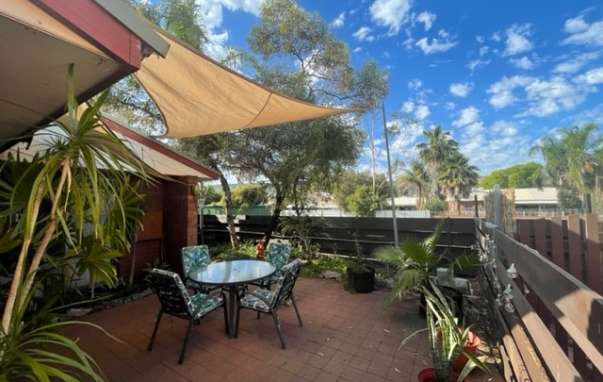Transferring property in Queensland (QLD) involves a legally defined process that ensures ownership changes hands smoothly and in compliance with state regulations. Whether you're buying or selling, understanding each step of the property transfer QLD process can save you time, money, and potential legal issues. This guide breaks down the process clearly to help you take control of your transaction and make informed decisions.
Step 1: Contract Preparation and Signing
The property transfer process begins with a contract of sale. In QLD, either the seller’s real estate agent or legal representative typically prepares this document. The contract outlines the terms of the sale, including price, settlement date, and any conditions (e.g., finance or building inspection). Both parties must sign the contract, and the buyer usually pays a deposit (often 5–10% of the purchase price) at this stage.
It’s crucial to have a legal professional or conveyancer review the contract before signing. This step ensures that all legal obligations are met and helps avoid disputes later.
Step 2: Cooling-Off Period
Once the contract is signed, the buyer usually receives a five-business-day cooling-off period during which they can change their mind and withdraw from the contract. However, if the property is purchased at auction or if the buyer waives this period, the cooling-off provision may not apply.

During this time, buyers can organize building and pest inspections, review their finances, and reconsider their decision. If the buyer chooses to cancel within the cooling-off period, a small fee (typically 0.25% of the purchase price) may be forfeited.
Step 3: Satisfying Conditions
Most property transfers include conditions that must be satisfied before the sale becomes unconditional. Common conditions include:
- Finance approval
- Building and pest inspections
- Body corporate searches (for strata properties)
Buyers must notify the seller by the due dates specified in the contract if any condition is not met. If all conditions are satisfied, the contract becomes unconditional, moving the process toward final settlement.
Step 4: Engaging a Conveyancer or Solicitor
In QLD, it's highly recommended to hire a conveyancer or solicitor to handle the legal and administrative aspects of the transfer. These professionals:
- Prepare and lodge transfer documents
- Calculate rates and adjustments
- Coordinate with financial institutions
- Ensure all legal requirements are met
This step is vital in ensuring a seamless property transfer QLD and avoiding delays at settlement.
Step 5: Transfer Duty Payment
Also known as stamp duty, transfer duty is a state government tax paid by the buyer. The amount depends on the property's value, the buyer’s status (e.g., first-home buyer), and any applicable concessions. This payment must be made before the transfer is lodged with the Titles Registry.
The Queensland Revenue Office handles this process, and your solicitor or conveyancer will usually arrange payment on your behalf.

Step 6: Pre-Settlement Inspection
The buyer has the right to inspect the property one final time before settlement. This inspection ensures the property remains in the same condition as when it was sold and that all agreed-upon inclusions are present.
If any issues arise during the inspection, they should be addressed before proceeding to settlement.
Step 7: Final Settlement
Settlement is the official day when ownership transfers from the seller to the buyer. On settlement day:
- The buyer pays the remaining balance of the purchase price.
- Legal documents are exchanged between parties.
- The buyer’s solicitor ensures the title is transferred and registered.
Once settlement is complete, the buyer can collect the keys and take legal possession of the property.
Step 8: Post-Settlement Requirements
After settlement, your solicitor will lodge the necessary paperwork with the Titles Registry to register the buyer as the new legal owner. This includes the Form 1 Transfer and other relevant documents.
It’s also a good time to arrange utility transfers, update mailing addresses, and organize insurance coverage for the property.
List Your QLD House with Ease
If you're a seller ready to step into the Queensland property market, you can simplify the entire process with For Sale By Home Owner. Their platform empowers homeowners to manage their own property sale with professional support at every step. From contract templates to listing exposure on major property websites, the service helps you confidently list your QLD house without the need for a traditional agent.
Why Choose For Sale By Home Owner?
For Sale By Home Owner offers a transparent and cost-effective alternative to traditional selling methods. By using their services, you retain control of your sale, save on commission fees, and still get expert guidance throughout your property transfer QLD process.
In summary, transferring property in QLD is a structured process involving contract negotiation, due diligence, legal compliance, and financial transactions. Whether you're buying or selling, understanding your responsibilities and engaging professionals where needed will help ensure a smooth transition.








